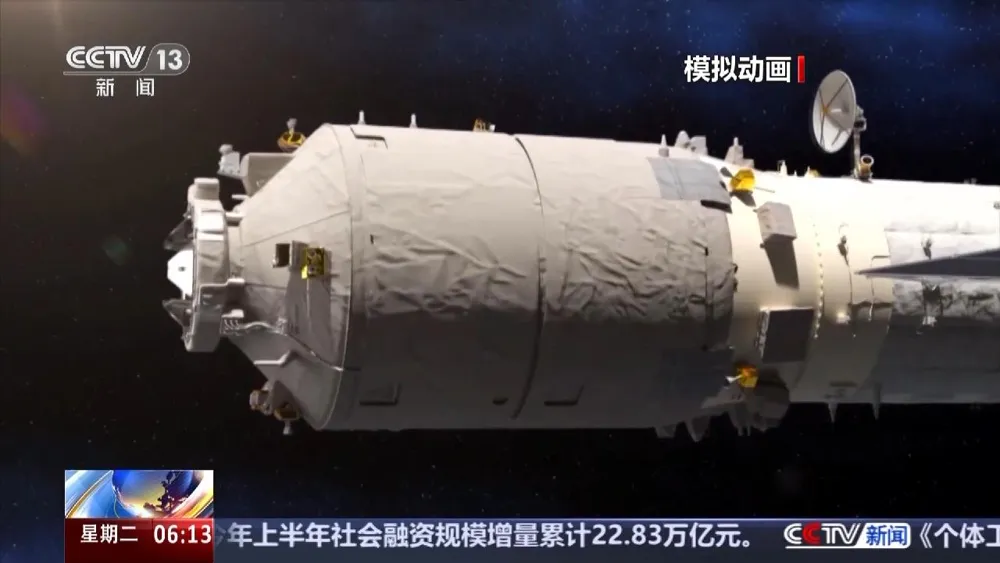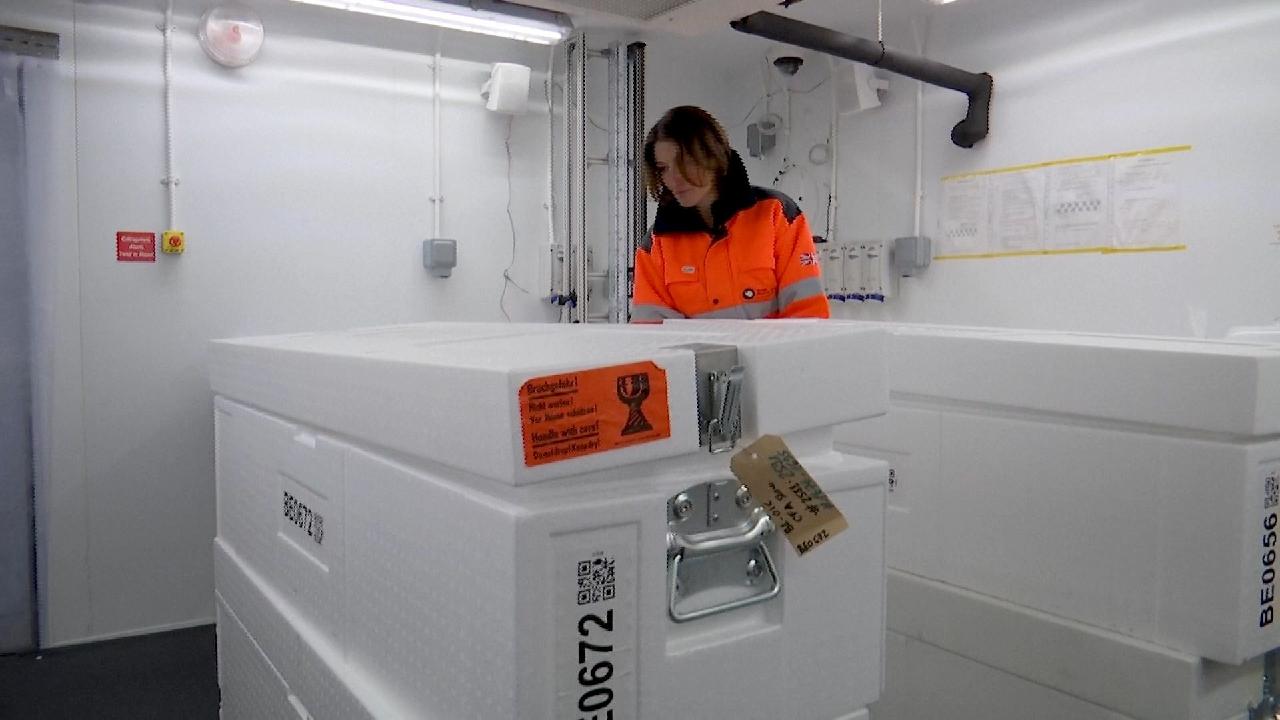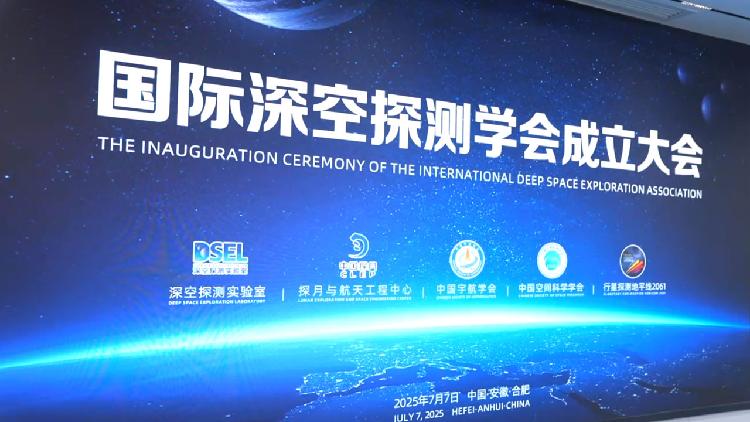Inside the space package new spacesuits and fitness gear revealed

The Tianzhou-9 cargo spacecraft has successfully completed its mission to deliver vital supplies, upgraded suits, and exercise devices to the Shenzhou-20 and Shenzhou-21 astronaut crews, representing a significant leap in China's space logistics capabilities.
As the fourth cargo spacecraft produced for the operational phase of China's space station, Tianzhou-9 arrives with technical enhancements that promise to improve the efficiency and reliability of space deliveries.
Among the remarkable features of Tianzhou-9 is its record-breaking cargo capacity. Carrying approximately 6.5 tons of supplies, this spacecraft achieved the highest payload since the Tianzhou-6 mission. Notably, some cargo items were described as protruding from the cargo holds, as remarked by Li Zhiyong from the China Aerospace Science and Technology Corporation.
Additionally, Tianzhou-9 introduces a three-month emergency launch capability, enabling rapid response and enhancing the operational resilience of the space station in unforeseen situations.
The spacecraft also utilizes a new three-hour rapid rendezvous and docking process, significantly more efficient than the previous two-day and 6.5-hour protocols. This advancement, illustrated by Li's explanation, helps conserve fuel and optimizes mission timelines through high-tech autonomous control systems.
In terms of communication, Tianzhou-9 offers real-time tracking features akin to parcel delivery systems, utilizing relay satellites to maintain two-way communication with ground control, thereby ensuring complete visibility throughout the delivery process.
Tianzhou-9's cargo not only comprises supplies but also includes significant upgrades in spacewear and fitness equipment, emphasizing China's advancements in astronaut support.
Among the new space package items are the upgraded feitian extravehicular spacesuits, which include two new designs with enhanced durability. These suits, now rated for a service life of four years and 20 uses, are grounded in empirical data from extensive testing.
Furthermore, a new core muscle exercise device will be implemented in the Wentian module to combat the physiological challenges posed by microgravity, specifically muscle atrophy and cardiovascular health during long missions.
These developments showcase China's advancing expertise in space logistics and life support technologies, laying a solid groundwork for future endeavors in deep space exploration.
Read These Next

Fujitsu Targets 10,000 Qubit Quantum Computer by 2030
Fujitsu's ambitious plan to develop a 10,000 qubit superconducting quantum computer by 2030 marks a significant advancement in quantum computing technology, reflecting broader trends in the tech industry towards more powerful and practical quantum solutions.

British Researchers Explore Climate Secrets in Antarctic Ice
The British Antarctic Survey partners with experts from 10 European countries to study ice cores from 1.2 to 1.5 million years ago.

China Launches First Global Association for Deep-Space Exploration
China has launched the International Deep Space Exploration Association to help developing countries access deep-space technologies.
